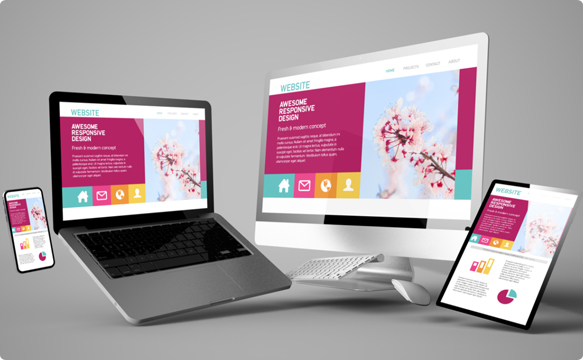In the realm of web design, where innovation converges with artistry, the storyboard emerges as a key orchestrator. Revered as the foundational manuscript of digital creativity, a storyboard serves as a navigational guide, orchestrating the creation of captivating and immersive web experiences. Delving into its pivotal role unveils a fundamental aspect of web design, providing a structured canvas that harmonizes visual allure with functional finesse.
Unveiling the Storyboard in Web Design
A storyboard within the context of web design encapsulates a series of visual sketches or representations that lay the groundwork for a website’s structure. It’s akin to a visual narrative, sketching out the layout, sequence, and interaction points within the website’s interface.
Significance and Purpose of Storyboarding
Integrating storyboards into web design primarily aims to pre-visualize and organize the structural layout and content hierarchy of a website. Its significance lies in amalgamating the creative vision of designers with the practical requirements, offering a visual roadmap before diving into the development phase.
- Structural Blueprint: Storyboards provide a comprehensive visualization of the website’s architecture, defining the arrangement of elements, content sections, and navigational pathways.
- Enhancing User Experience: They facilitate the conceptualization of the user journey, ensuring a seamless and intuitive interaction, thereby amplifying user engagement and satisfaction.
- Facilitating Collaboration: Storyboards serve as a communication tool, fostering collaboration among designers, developers, and clients. They align diverse perspectives to refine the collective vision.
The Crafting Process of a Storyboard
Creating a storyboard involves several pivotal steps:
- Conceptualization and Planning: Defining the website’s objectives, identifying the target audience, and establishing primary goals. Understanding user behavior forms the cornerstone.
- Sketching and Wireframing: Designers craft preliminary sketches or wireframes outlining the layout, functionality, and content placement for each webpage.
- Storyboard Development: Utilizing the wireframes as a foundation, designers weave a sequential storyboard illustrating the user flow, interactions, and visual elements on each webpage.
Empowering Web Design Workflow with Storyboarding
Incorporating storyboards into the web design workflow yields manifold advantages:
- Operational Efficiency: Providing a clear roadmap streamlines the design and development process, minimizing revisions and potential hurdles.
- Visual Conceptualization: Stakeholders can visualize and provide early feedback on proposed designs, averting misunderstandings and revisions down the line.
- User-Centric Design Focus: Storyboards emphasize user interaction and experience, facilitating designs that resonate profoundly with the target audience.








